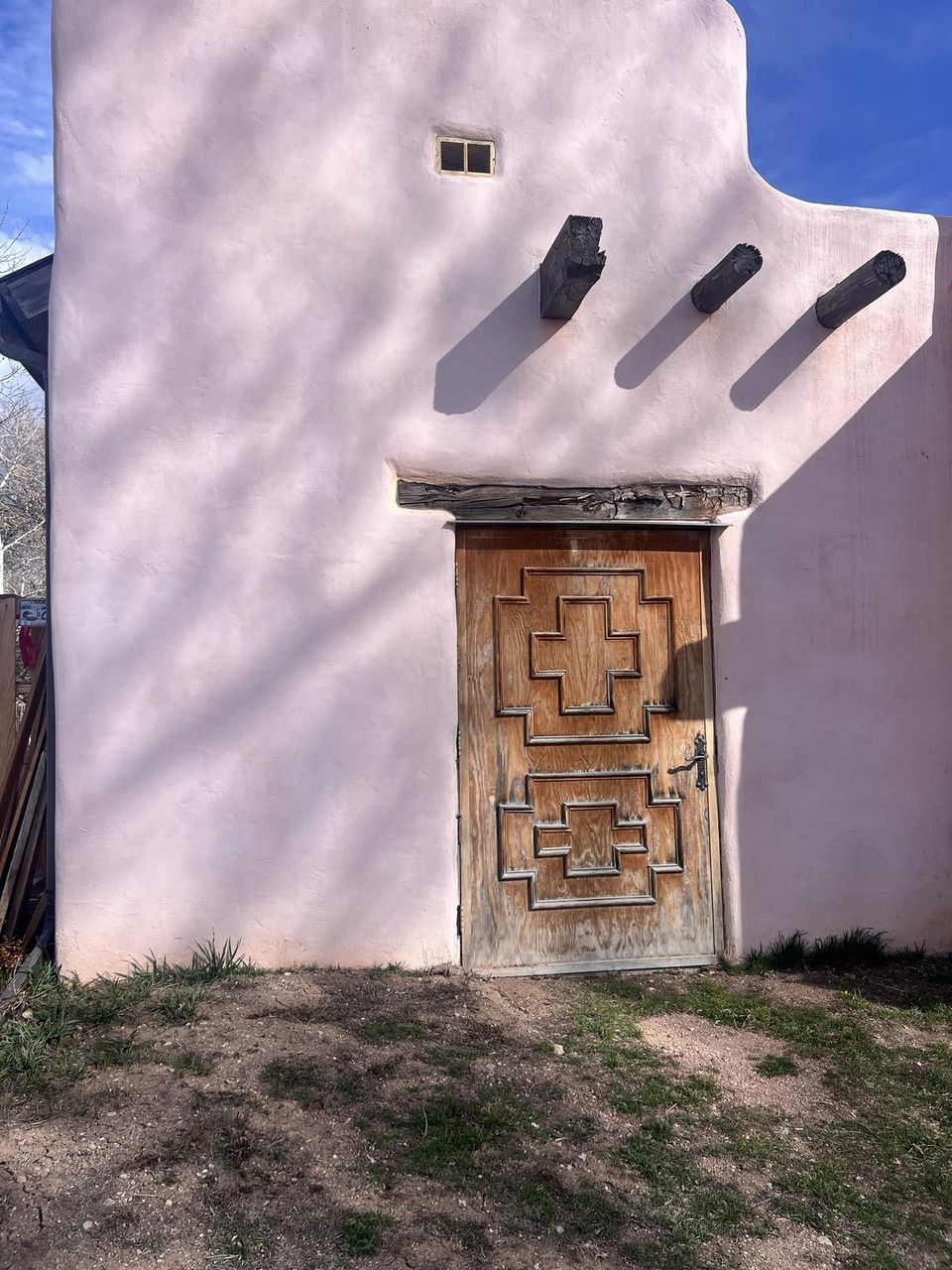What is a viga?
Vigas are a distinctive and traditional architectural element found in New Mexican and other Pueblo-style buildings. The term “viga” comes from the Spanish word for beam, and these are essentially wooden beams that serve both structural and aesthetic purposes. In New Mexico the most common tree used is Ponderosa Pine. Here’s a closer look at why and what vigas are in the context of New Mexican architecture:
Why Vigas are Used:
1. Cultural and Historical Significance: Vigas have been used for centuries in the construction of buildings in the American Southwest, particularly in New Mexico. They reflect the influence of Native American Pueblo and Spanish colonial construction techniques. Their use continues today as a way to preserve and honor these cultural traditions.
2. Aesthetic Appeal: Vigas add a rustic, warm, and authentic feel to buildings. They are often left exposed to view, projecting from the exterior walls or ceilings, which adds to the character and charm of the architecture.
3. Structural Function: Historically, vigas played a crucial role in the construction of roofs and ceilings. They were the main support beams that spanned the width of a room, supporting the roof and ceiling materials.
What Vigas Are:
– Material: Traditionally, vigas are made from wood. The most common types of wood used include pine, spruce, and fir, chosen for their availability, durability, and ease of carving.
– Design and Installation: In their traditional form, vigas are round wooden beams that may have been hand-carved or shaped with basic tools. In modern buildings, while still retaining their traditional appearance, vigas might be machine-cut or even simulated using non-wood materials for maintenance-free longevity.
– Decorative Elements: Besides their structural role, vigas can be decorative. They might be carved with various designs or patterns, adding an additional layer of detail to a building’s design. Latillas (small branches or strips of wood) are often laid between vigas to create a lattice-like ceiling that is both functional and visually appealing.
– Integration with Modern Construction: In contemporary construction, vigas are often incorporated into buildings as decorative elements rather than structural ones. They may be used in conjunction with modern building materials and techniques to achieve the traditional Southwestern aesthetic while meeting current building codes and performance requirements.
Vigas are a key feature of New Mexican and Southwestern architecture, symbolizing a blend of cultural heritage and natural beauty. They exemplify how traditional building methods can be adapted and preserved within modern architectural practices.






 Facebook
Facebook
 X
X
 Pinterest
Pinterest
 Copy Link
Copy Link


